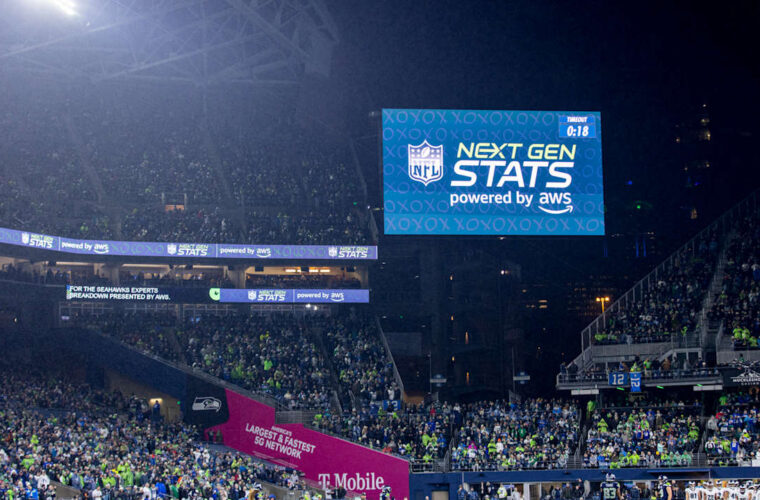
By Joey Roulette
WASHINGTON (Reuters) – Amazon.com plans to launch its first internet satellites to space in the first half of 2024 and offer initial commercial tests shortly after, the company said Tuesday, as it prepares to vie with Elon Musk‘s SpaceX and others to provide broadband internet globally.
Amazon’s satellite internet unit, Project Kuiper, will begin mass-producing the satellites later this year, the company said. Those will be the first of over 3,000 satellites the technology giant plans to launch in low-Earth orbit in the next few years.
“We’ll definitely be beta testing with commercial customers in 2024,” Dave Limp, senior vice president of Amazon devices, said at a conference in Washington.
The 2024 deployment target would keep Amazon on track to fulfill a regulatory mandate to launch half its entire Kuiper network of 3,236 satellites by 2026. Limp, who oversees Amazon’s consumer devices powerhouse, said the company plans to make “three to five” satellites a day to reach that goal.
With plans to pump more than $10 billion into the Kuiper network, Amazon is pulling from its consumer electronics playbook to also manufacture millions of terminals needed to connect customers to its Kuiper satellites.
The company sees its experience in producing millions of devices as key to competing with SpaceX’s Starlink network, which already has roughly 4,000 satellites in space.
SpaceX’s own consumer Starlink terminals, priced at $599 each, are being used by “more than a million customers to date,” Jonathan Hofeller, SpaceX’s head of Starlink enterprise sales, said Monday.
Amazon’s “standard customer terminal,” 11-inch square antennas for the Kuiper network, will cost the company less than $400 each to produce and provide internet speeds of 400 megabits per second for customers, the company said.
A smaller, square-shaped mobile antenna, measuring 7 inches wide and weighing one pound, will be Amazon’s “most affordable” terminal for the network, though the company did not disclose the price.



